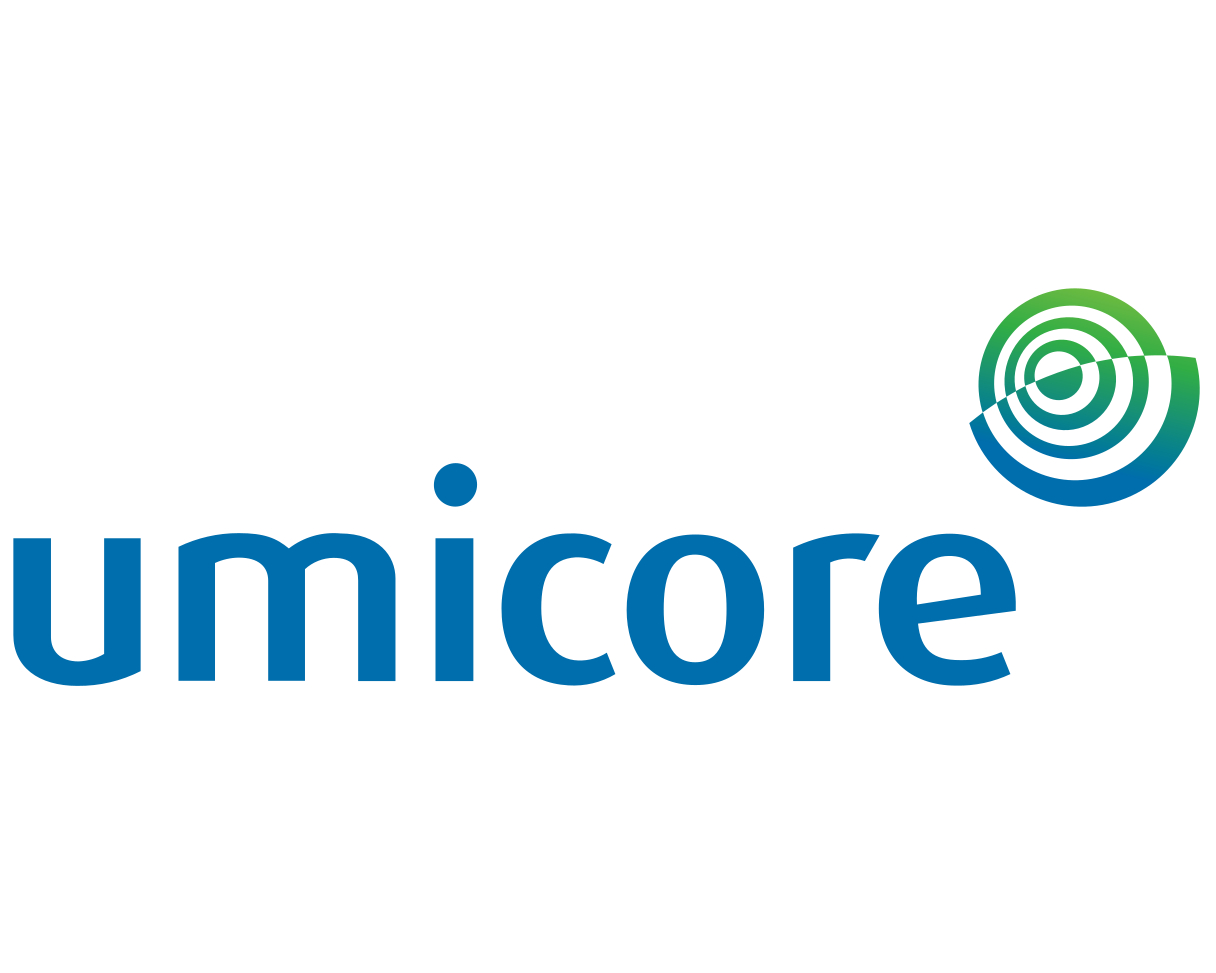Ivan Zyulkov
Commercial Manager EU & Asia
Umicore
Ivan is the Commercial Manager for the EU & Asia at Umicore, with a focus on photonics & electronics markets and VCSELs, LiDARs and AR/VR technologies in particular. Before working at Umicore, Ivan had experience at various microelectronic companies such as ASM International and IMEC. Ivan obtained his PhD degree in Chemistry from KU Leuven, Belgium, while he did his research at IMEC on selective atomic layer deposition for advanced metallization schemes.

